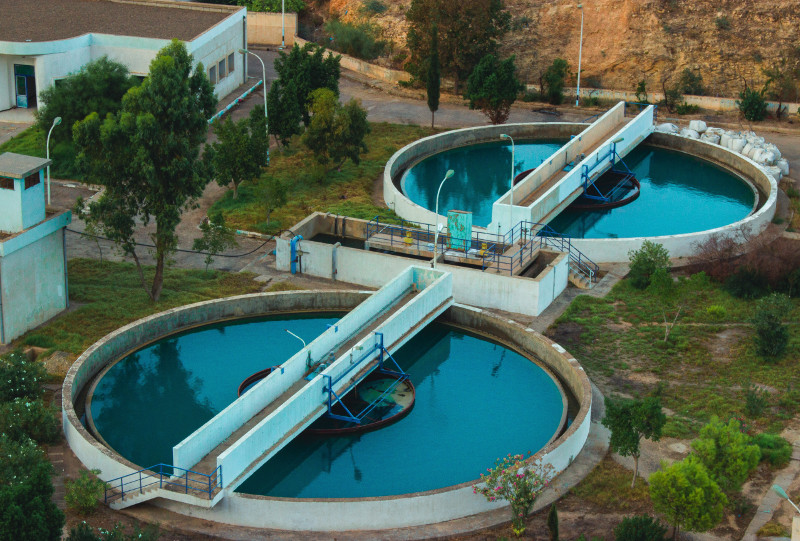-
Effective Regulation of Water Quality
Categories: Estimated reading time: 3 minutes
Current regulation of water quality, based on the statutes they implement, fail to effectively describe the current state of water bodies. There are historical and political reasons for this condition but no excuse to continue as we have for the past almost 60 years. Our understanding of aquatic ecosystems and the development of appropriate statistical models for environmental data provide the means to more effectively regulate water quality to benefit natural ecosystems and human health. -
Much has changed since the Clean Water Act (CWA) was passed in 1972, but not how water quality is regulated. Existing environmental data analyzed with advanced statistical models can bring CWA regulatory compliance into the 21st century. With global warming, and societal concerns about sustainability, modernizing regulatory compliance benefits everyone. The use of maximum concentration limits (MCLs) on individual chemical ions or collections such as total dissolved solids (TDS) applied to all water bodies regardless of type or geographic location is similar to the way medicine was practiced centuries ago when we did not understand human physiology and variability.
-
Maximum Concentration Limits
Categories: Estimated reading time: 2 minutes
Much has changed since the Clean Water Act (CWA) was passed in 1972, but not how water quality is regulated. Existing environmental data analyzed with advanced statistical models can bring CWA regulatory compliance into the 21st century. With global warming, and societal concerns about sustainability, modernizing regulatory compliance benefits everyone. The use of maximum concentration limits (MCLs) on individual chemical ions or collections such as total dissolved solids (TDS) applied to all water bodies regardless of type or geographic location is similar to the way medicine was practiced centuries ago when we did not understand human physiology and variability. -
Nonpoint Source Pollution Regulation
Categories: Estimated reading time: 9 minutes
Nonpoint source water pollution adversely impacting a beneficial use is regulated by discharge allocations from a Total Maximum Daily Load. Whether a waterbody requires a TMDL depends on how its condition is assessed. The Clean Water Act, as amended in 1987, specifies using environmental ambient conditions to assess waterbodies, but regulators focus on single chemical ions or compounds based on point source discharge regulations. The limitations of this approach and the benefits of a different approach are explained here. -
Water is found everywhere on Earth and is one of the most basic and common substances. It is the only natural substance that exists in all three physical states: solid, liquid, and gas. While most water is found in the oceans there is constant exchange of water between the oceans, atmosphere, and land. These complex exchanges are described by the hydrologic cycle. This document focuses on precipitation and surface water flows to and in streams and rivers and the management of excess precipitation runoff to comply with the federal Clean Water Act (CWA).
-
Most industrial operations discharge storm water into a receiving water body from a single point of discharge from the permitted area. The water leaving the site will have many chemical constituents, some of which are considered to be pollutants (or contaminants) by statute. States differ in their water quality standards, but all require permit compliance monitoring. How the reported results are analyzed can make a huge difference to the permit holder’s operations.
-
Total Dissolved Solids in Streams
Categories: Estimated reading time: 2 minutes
Operational and regulatory decisions depend on insights and knowledge gained from analyses of data collected in compliance with water quality permit conditions. These data need to be set in their spatial and temporal contexts and associated with aquatic biota, beneficial uses of the waters after leaving the project boundaries, and the geomorphic settings through which they flow. A white paper on the relationships of total dissolved solids (TDS) with selected minerals from a sample of streams on both sides of the Independence Mountains in northern Elko County, Nevada, is analyzed and interpreted for use by operators and regulators. -
Water quality matters for humans, livestock, fish and wildlife, and plants including food crops. Too often policies and regulations are ineffective while restoration projects fail to achieve intended goals. The problem is seen in environmental impact assessments, point- and nonpoint-source discharges, and Superfund sites. While some reasons for failure are project-specific, three common and easily avoided reasons are the lack of knowledge about spatial and temporal distribution of the chemical of concern, no information about the causes and amount of variability, and the focus on concentrations at a local point rather than on the entire ecosystem.
-
Water quality permit compliance monitoring data with concentration values exceeding statutory thresholds are assumed to result from permitted operations. Fines or penalties might be levied; remedial actions might be imposed. That permitted activities were responsible has not been demonstrated by the submitted data. This is particularly true when permitted activities are dispersed as mining, logging, and ranching are. Missing in permit compliance monitoring report evaluations is the context for those constituent values that exceeded thresholds.
-
When Water Qualiy is the Issue
Categories: Estimated reading time: 2 minutes
When a regulatory issue or environmental litigation involves geochemistry (the chemical composition of water, sediments, soils, and rocks) it is critical to use all available data and the appropriate statistical analyses and to communicate the results clearly and effectively to the non-technical decision-makers or finders of fact. This is particularly true when an environmental permit holder can be penalized by a regulatory agency or sued by an environmental NGO for violating the Clean Water Act (CWA) by exceeding the arbitrary maximum concentration limit for the chemical.
1 of 2
Next →




